In one of our previous posts we gave you a series of tips on how to take proper care of your cycling clothing to extend its life as much as possible. This time we are going to focus on how a poorly-maintained bike may end up damaging or wearing out your cycling gear.
If we take a look at what damage our two-wheeled friend can cause to our cycling clothing, we will logically assume that only the garments directly touching the bike would be affected: bib shorts, cycling gloves and shoes, as they represent the three crucial contact points: saddle, handlebars and pedals. Read on and you will discover that there is another garment, loved and valued by cyclists, which gets heavily affected by our beloved bicycle.
Bib shorts and Saddle
Bib shorts are the only thing separating our buttocks from the saddle. The chamois fits tightly against our skin, and the lycra outside is basically glued to the saddle, so any bad friction in this intimate relationship can end up damaging the bib shorts.
If there are seams, ridges or a bulky decorative pattern on the saddle, it is very likely that the fabric of the bib shorts in contact with this area will eventually end up damaged. Deterioration can range from a slight pilling if it is a part exposed solely to pressure, to tear or breakage in areas with a lot of friction due to pedaling.
If we fall, the saddle usually ends up scratched on the wider side. It might create some pointy or sharp areas where the lycra of your bib shorts can get caught.
Consider changing the saddle as soon as you notice that any part of the upholstery starts to crack or come off due to wear and tear.
Gloves and Handlebars
For the sake of both safety and comfort, we must wear gloves when riding a bike. They protect us in case of a fall and, if the gloves are padded, they provide comfort when resting our hands on the handlebars. The wear and tear of the gloves depends on the type of bicycle, cyclist’s grip and position.

MTB bikers rely heavily on handlebar grips for support. The extent of glove deterioration depends on the material the grips are made of, but the wear and tear is unavoidable.
Good, tacky grips will damage the glove more, but that’s just the way it is. In MTB we need a good grip on the handlebars to move and control the bike. Changing gloves from time to time is a better solution than not being able to pedal at all because of a fall.
The smoother and softer the handlebar grips, the longer our gloves’ life, but a lot depends on the way we hold the handlebars and on the position of our hands. As we said, hands are crucial for mountain bikers as they are gripping the handlebars practically all the time, which is why glove deterioration is greater in the inner area between the thumb and the index finger. The entire palm of the glove is also affected, particularly in the area where the fingers begin and where it usually hurts after leaning in the wrong position for a long time.
Things change when we’re on a road bike because the support and type of grip are different. The hands do not grip the handlebars as tightly as on MTB and by exerting less force on the grip, the gloves generally wear out less and last longer, but it also depends on how we hold the handlebars and where we usually keep our hands.
The most common position is keeping the hands on the hoods which have a rubber grip area, so it is normal for fingerless gloves to wear out in the inner area between the thumb and the index finger. Moreover, in full-finger gloves, the entire inner side of the thumb of the glove suffers quite a bit. Millions of years of evolution have given us an opposable thumb that we use to grip the hoods, especially getting out of the saddle. Since not all cyclists place their hands and fingers on the hoods in the same way, the wear and tear on the gloves will vary.
The tops of the road bike handlebars are another place where we usually drop our hands, gripping it or just resting our palms. Don’t worry about your gloves because they hardly suffer at all in this position. Same thing happens when we lower our hands to the entire curved part below the levers known as “drops”. In both cases your gloves won’t suffer much unless your handlebar tape is made of sandpaper.
Shoes and Pedals
Every cyclist who uses clipless pedals has slipped off and hit the sole with the pedal when trying to clip in, leaving a nasty mark on the shoe. We all know the pain, but there’s more…
Cycling shoes also often rub against the cranks, in some cases even against the rear chainstays. If we keep a 90 RPM cadence, riding 6 hours a week gives us 32,400 revolutions. Crank rub is not always the case, but over time, after many pedal strokes, the inner part of the shoes at the heel and the crank end up wearing away. Although nothing can be done for some cyclists because their position on the bike is correct and the pedal stroke is round, in other cases the problem can be solved by seeing a bike fitter and adjusting the cleats or the position on the bike.
Bye-bye Socks!
Our dear and beloved cycling socks are not in direct contact with the bike and yet they wear out heavily because rubbing occurs randomly and occasionally, and they end up stained, frayed and torn.
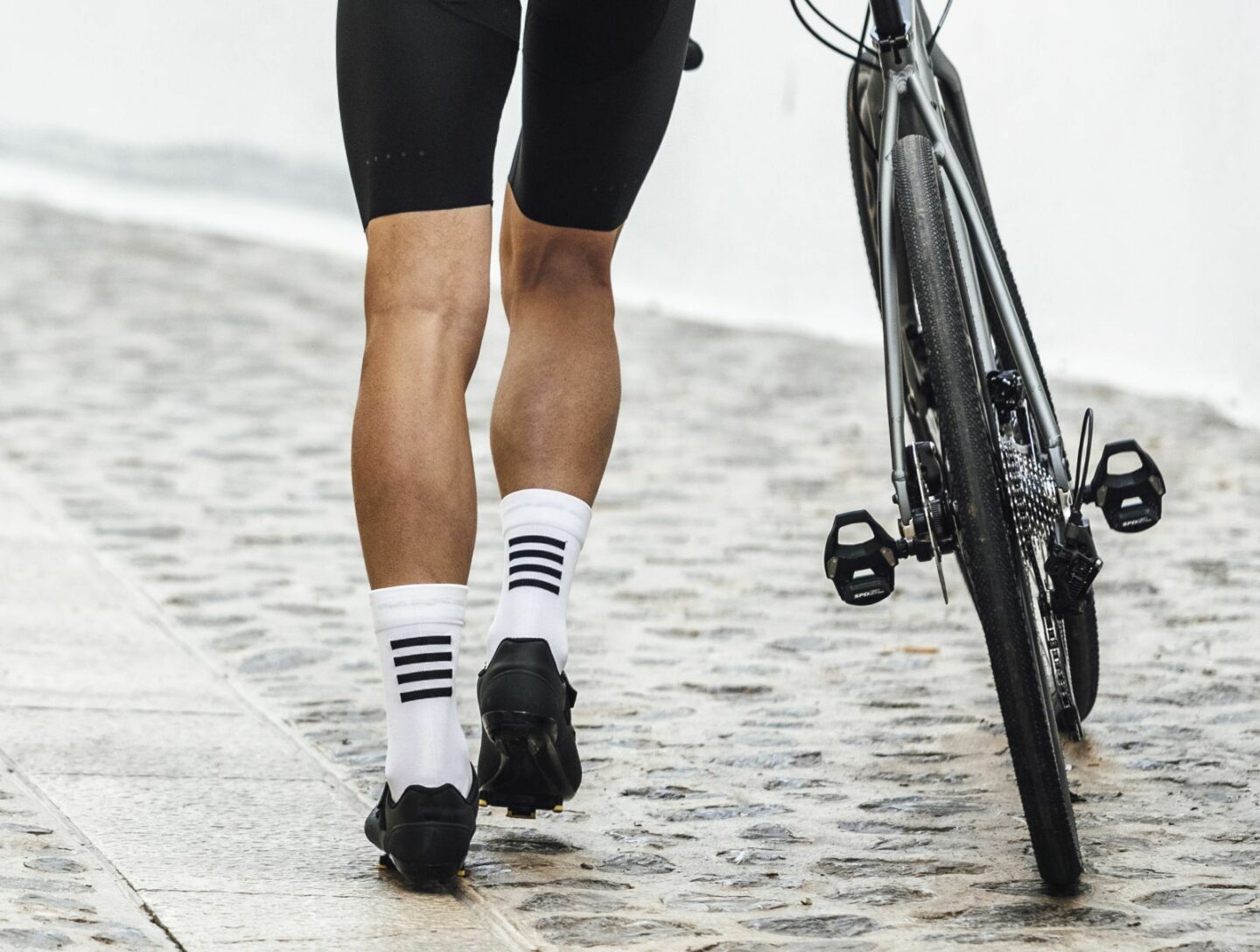
The teeth on the chainrings – right at the level of our socks – are sharp and can rub against the fabric and tear it. Remember that if you wear lace-up cycling shoes, the laces should be tucked in so that they do not get caught. Also, if the front derailleur cable is in poor condition, it can snag the sock and fray it.
If we rub against the teeth on the chainring, we might be able to avoid breaking the fabric, but we will surely get a nasty stain. Any sock other than black will end up stained with dirt, grease or lubricant from the chain, chainrings or pedals. Such stains remain unnoticed on black socks, but any other color will remain visibly dirty until we get back home and wash the socks. Dirt combined with grease doesn’t come off easily, so we recommend washing the socks by hand using warm water and neutral soap.
Even if you keep everything clean, it’s hard not to end up with a stained sock when it touches any part of the drivetrain or the pedals. The only thing you can do is to practice getting on and off the bike, clipping in and out, and finding the optimal position for your feet when you are on the bike but not pedaling, as those are the moments when you are most likely to stain your socks.
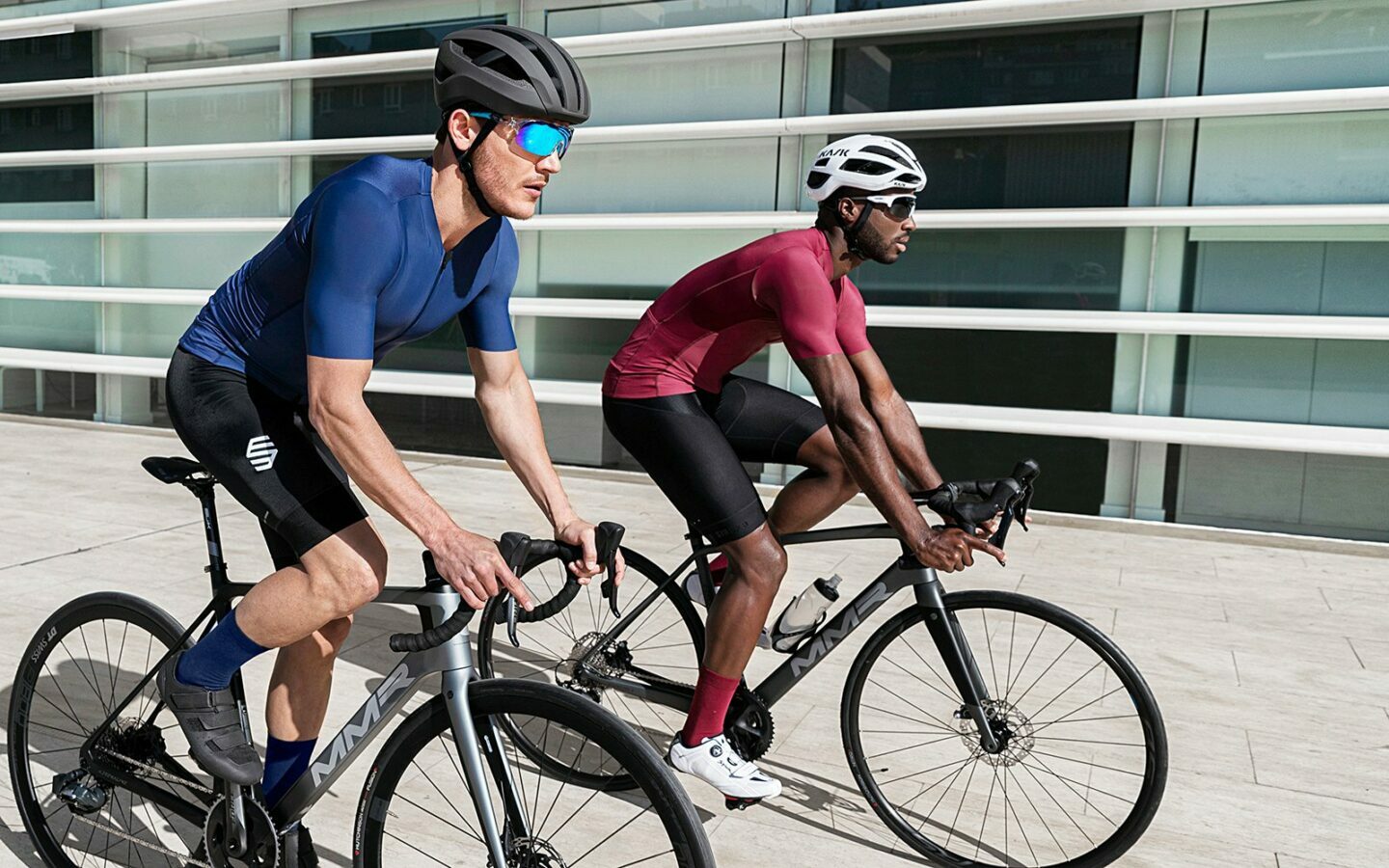
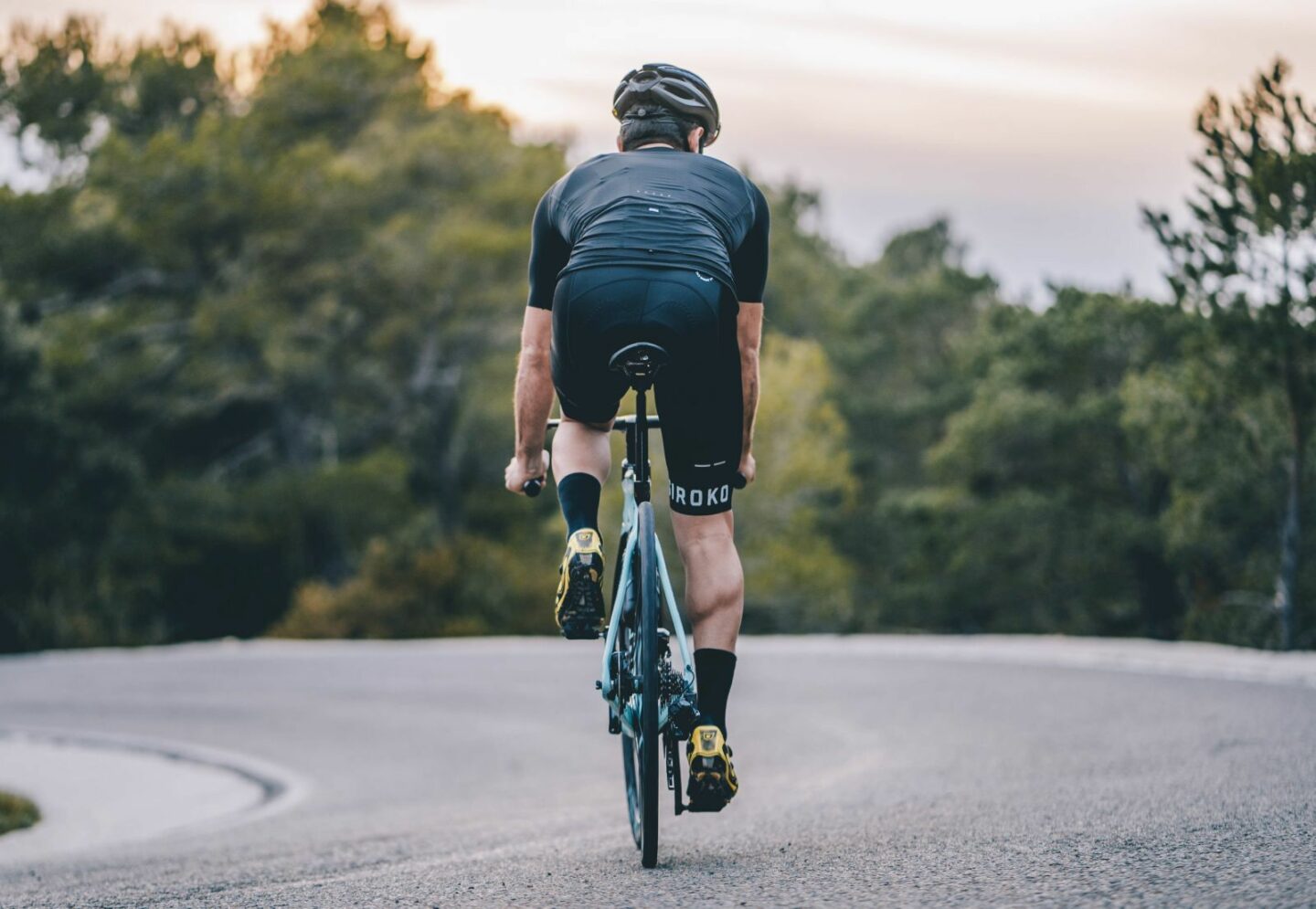
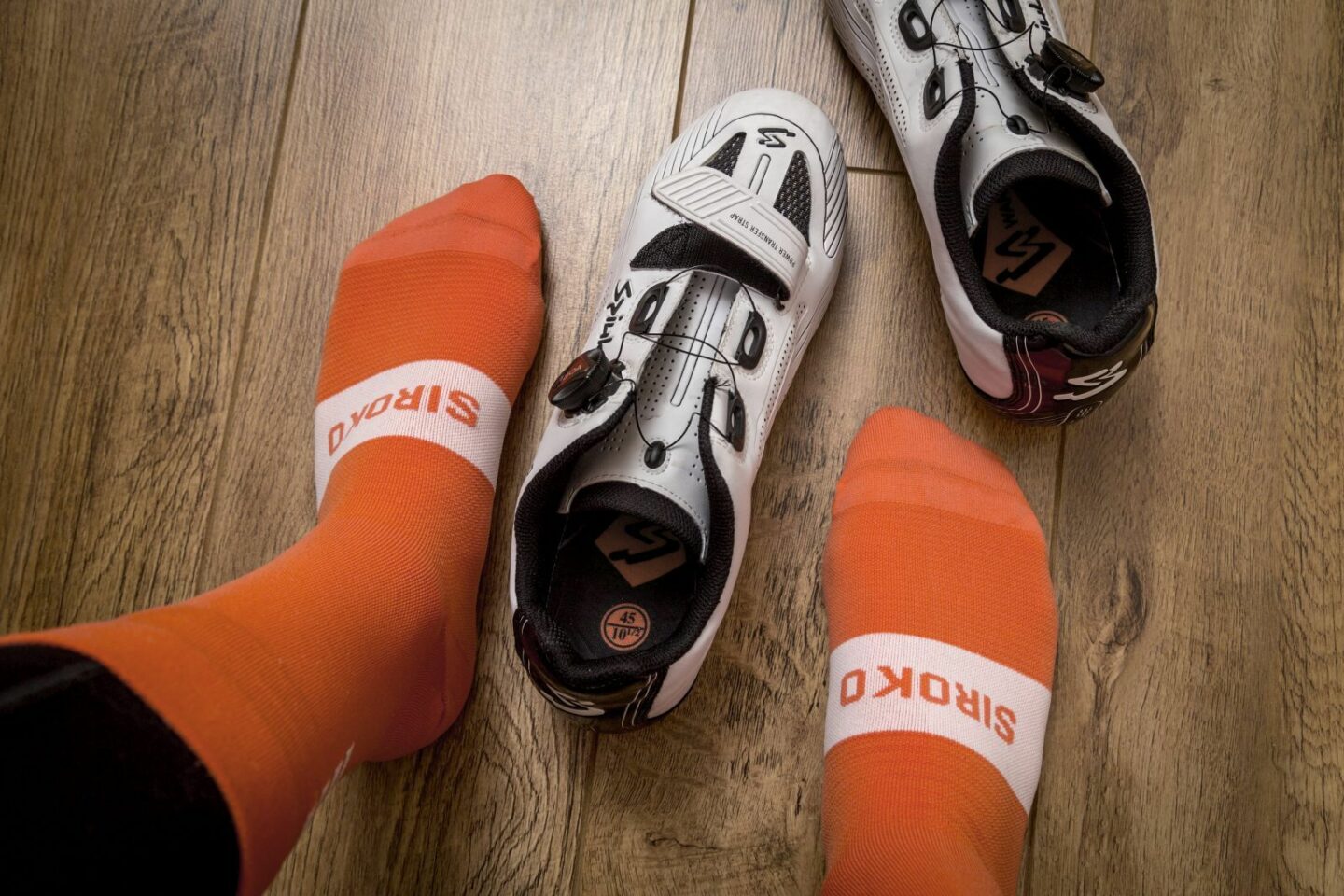

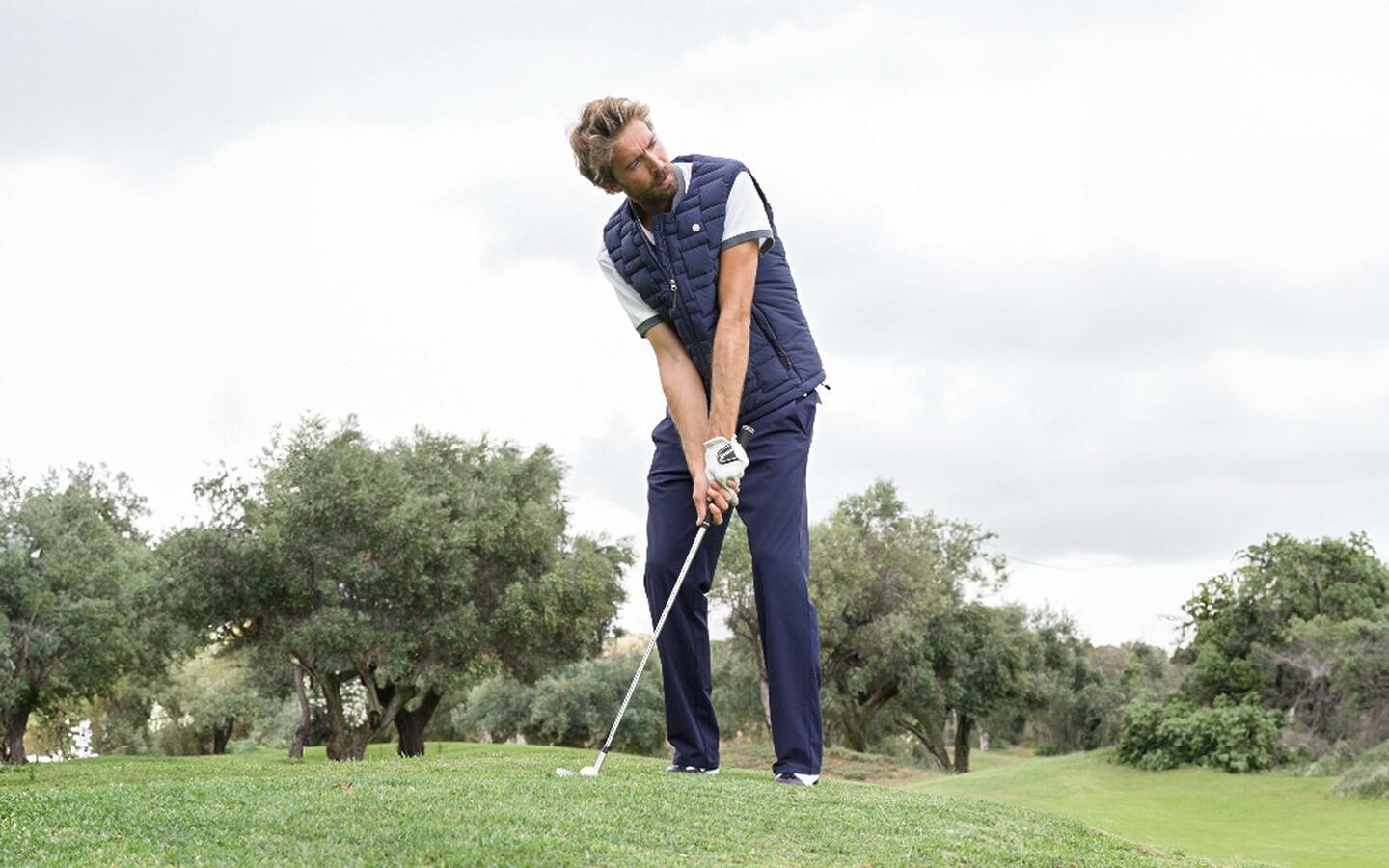
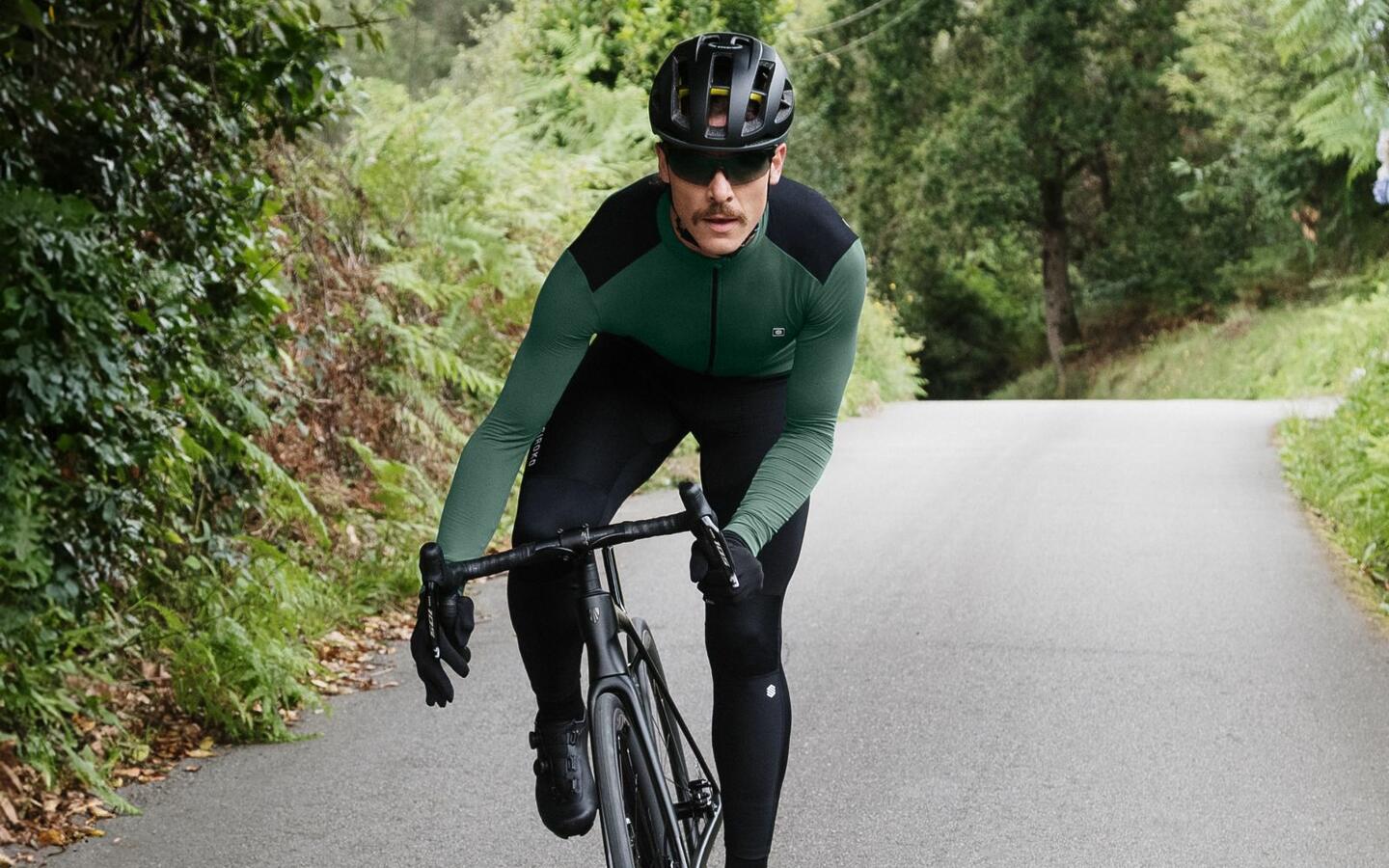
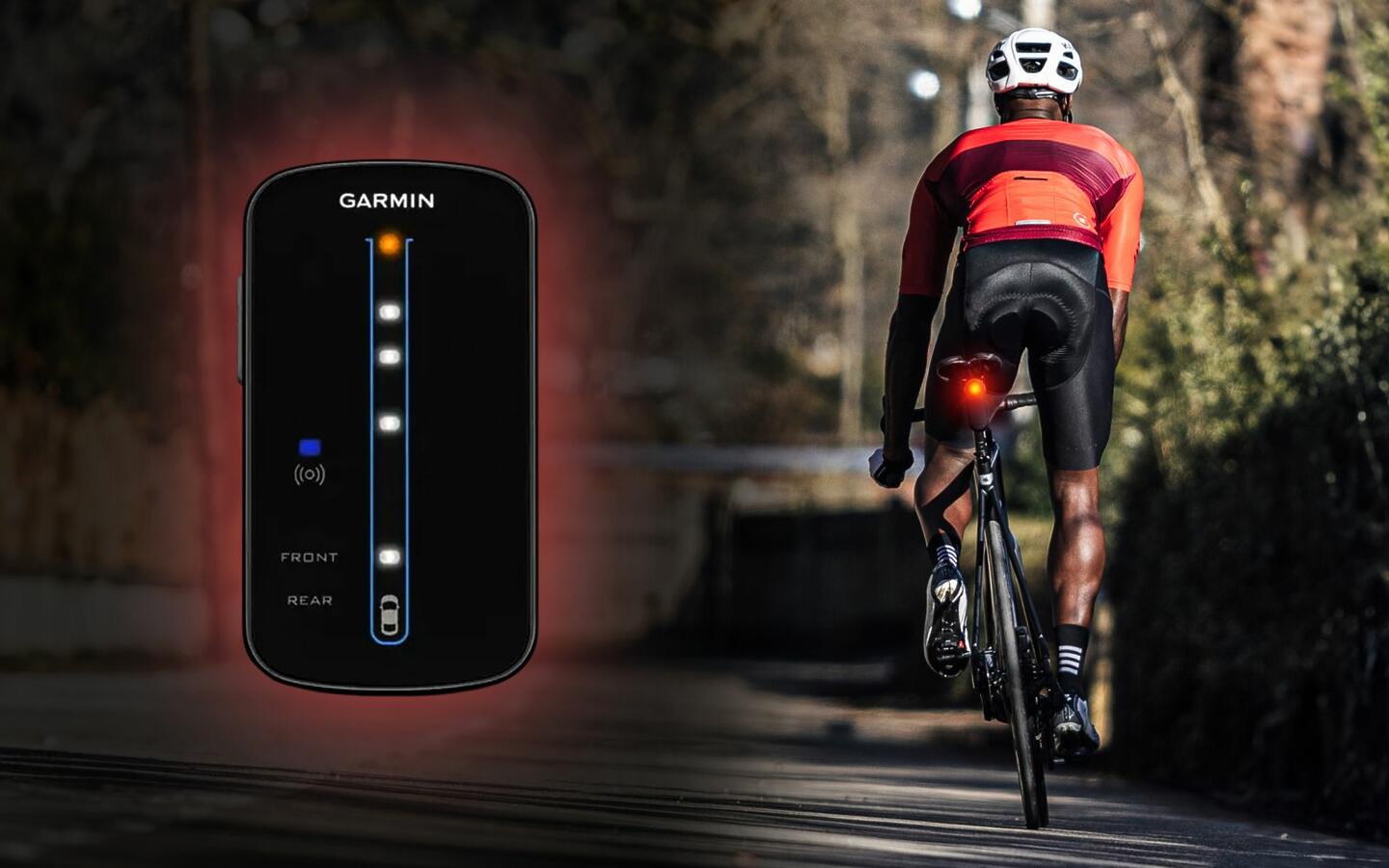
Thanks for sharing such an amazing article.
Great post. Thanks for sharing this. In case a road bike is damaged by some cause, is there any way to avoid this?
Hi Dalton,
Thanks loads for reading our blog and for your comment.
You can protect the frame of your bike with clear tape protection kits applied to the areas of the frame that may suffer the most. You can find this kind of kits in your nearest bike store or in online cycling stores. They are quite useful especially on gravel and mtb.
If you live in a place where it rains a lot and you use your bike in wet or humid conditions, it is best to use fenders or mudguards. You can find a basic guide here: https://www.siroko.com/blog/c/cycling-fenders-and-mudguards-types-and-reasons-to-use-them/
We hope this helps you.
Best